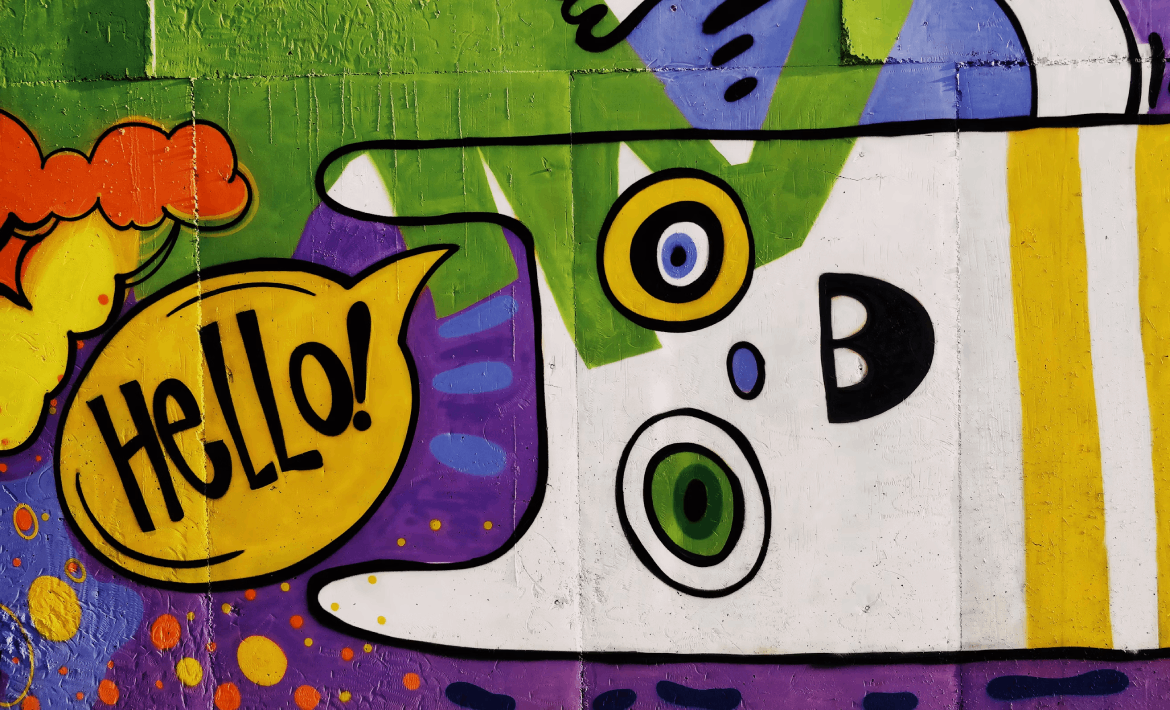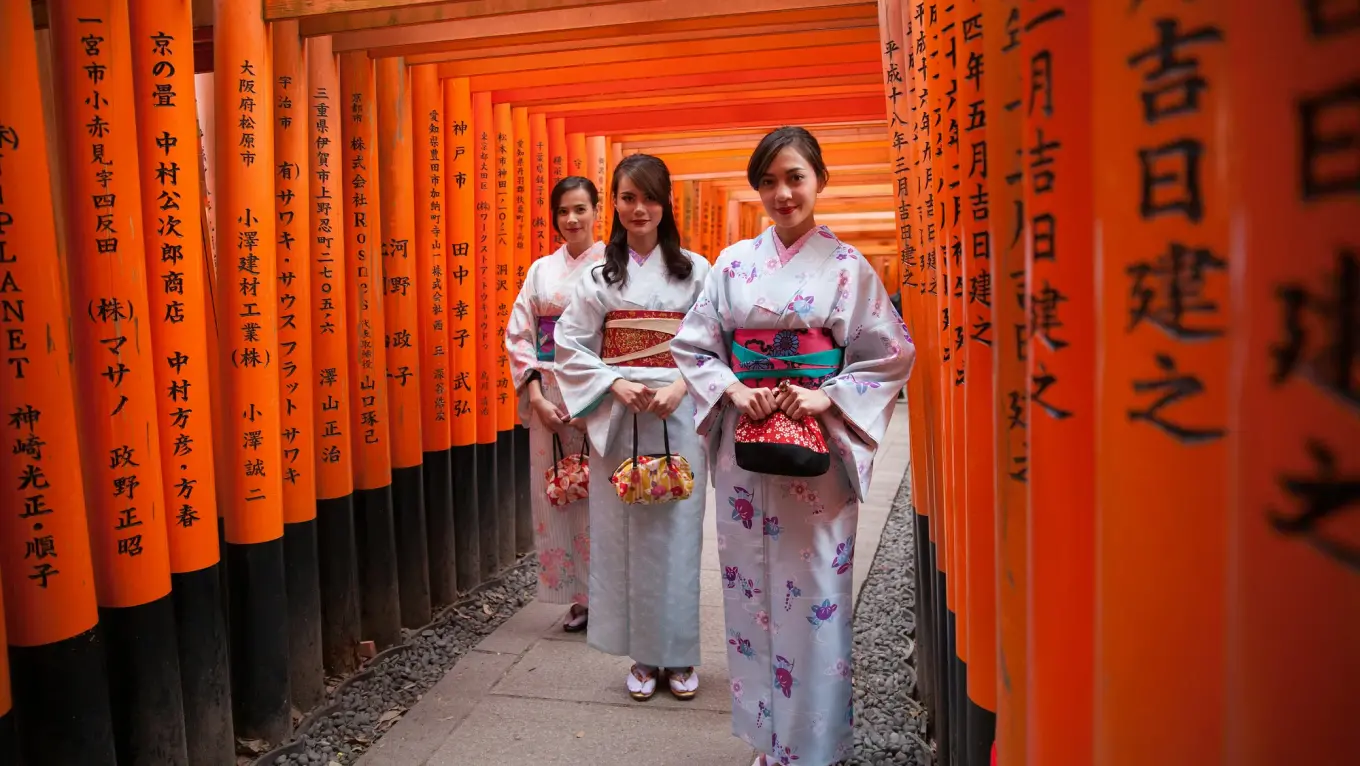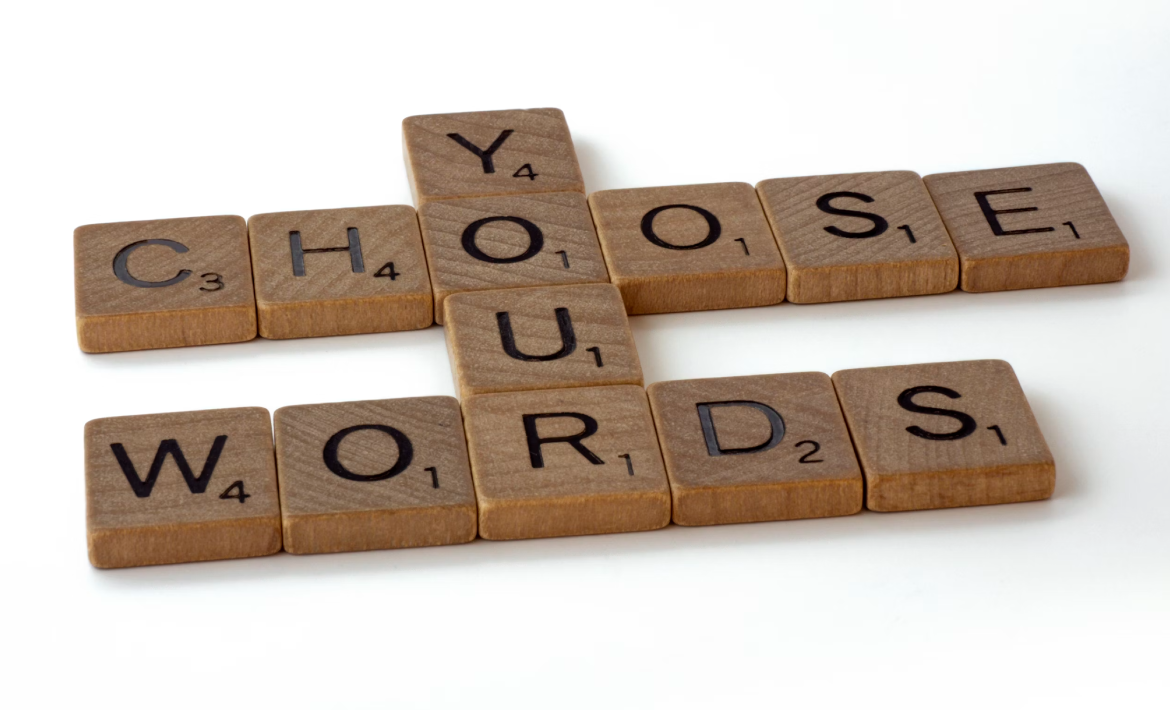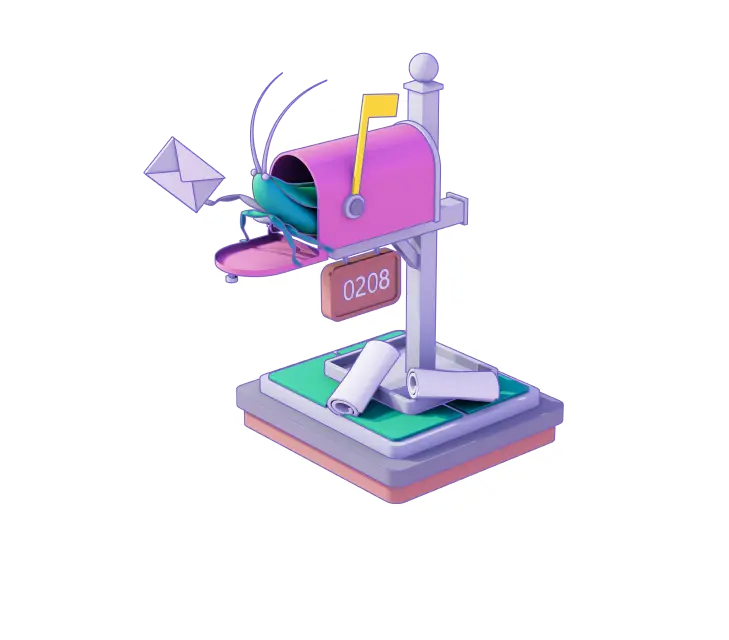Hello!
Imagine you’re diving into the English language for the first time. What’s the very first word that pops into your head? Yep, you guessed it right —“Hello”!
It’s like the unofficial ambassador of the English language.
This little word has traveled far and wide, crossing borders and breaking down language barriers. Even if you don’t speak English, you probably know what “hello” means.
Thanks to the magic of globalization, “hello” has become the go-to greeting in the most different corners of the globe. Regardless of whether you find yourself in the heart of New York City or chilling in a remote village in Africa, a simple “hello” is your universal ticket to connection.
But after a bit, saying the same old “hello” every time starts to feel a bit boring, right? It’s like having the same breakfast every single day—it definitely gets the job done and keeps you fed but it also gets old fast!
You start itching for some variety, a chance to jazz things up and let your personality shine from the very first moment you meet someone. That’s when you know it’s time to switch up your greeting game and look for another way to say “hi”!
Dive in this article for 28 awesome ways to say “hi” in English—from cute and funny to formal—and some tips to pick the right options every time!
The good old “hello” is a perfectly fine word when you want to greet someone in a professional, formal setting. Opting for this classic ensures you’re on solid ground—no raised eyebrows or fretting over choosing the wrong word.
But if you’re in the mood to add a touch of flair to your greeting, there are some fancier options to consider…
- Greetings
This one is perfect for when you want to be polite but don’t know much about the person in front of you. Perhaps, you don’t remember their name or aren’t sure about their title—is it a mister or a doctor?
Great for professional settings, business meetings, and formal events, “greetings” is a safe choice when you want to acknowledge someone politely and respectfully without getting too specific.
- Good morning/afternoon/evening
These greetings are time-specific and should be used accordingly. “Good morning,” for example, is only appropriate from early morning until around noon, “good afternoon” is suitable from noon until early evening, and “good evening” is fitting for late afternoon until night.
They can be used in formal settings such as workplaces, conferences, or when greeting guests at events.
Beware, though! If you bump into someone late at night, avoid saying “good night” as a greeting. It’s typically used when saying goodbye, not when starting a conversation. It might confuse the other person—are you hinting that it’s time to leave? Stick to other greetings instead!!
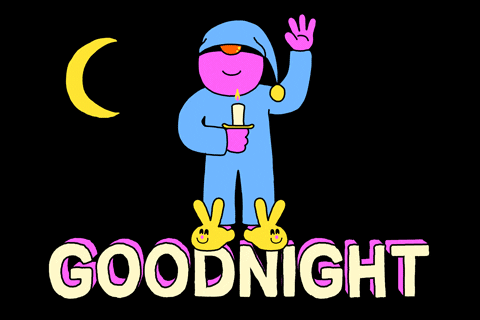
“Good night” is a way to say “goodbye”, not “hello”; Source
- Hello, [Name]/[Last Name]
When you say someone’s name when you greet them, it shows you’re really paying attention to them. It’s great for both formal and informal situations.
For example, in a business meeting, you might say, “Hello, Mr. Smith,” or at a fancy dinner party, you could say, “Good evening, Mrs. Johnson.”
This adds a respectful touch, especially in settings like job interviews or when meeting your boss for the first time.
But what if you want that extra layer of formality to your greeting but aren’t quite sure about the person’s first or last name? The answer is…
- Hello, Sir/Madame
When you say “Sir” or “Madam,” it’s like giving someone a big dose of respect. You’d use it when talking to someone important, like your boss or a teacher. “Sir” is for guys, and “Madam” is for ladies. So, if you’re chatting with your boss, you might say, “Good morning, Sir,” or if you’re meeting your teacher, you could say, “Hello, Madam.” It’s all about showing you think highly of them!
- How do you do?
If we break down the phrase, it’s basically just asking how the other person is. It’s a sign of respect and shows you’re genuinely interested in their well-being.
But here’s the thing (which puzzled me for ages living in an English-speaking country)—nobody actually expects you to spill the beans about your day or pour out your feelings. All you need to do is say “how do you do?” back.
All of the greetings above are for both the situations when you see the person for the first time or have met them before.
However, if you ever find yourself looking for a formal way to say “hi” to someone completely new, you might want to consider:
- It’s a pleasure to meet you
- Nice to meet you
Other ways to say Hi (for more casual greetings)
Imagine walking up to your best buddy or your sweetheart and hitting them with a stiff “how do you do?” or a super formal “hello, Sir.” Unless you’re trying to get a laugh, why would you do that?
That’s why, for those times when you’re just hanging out and don’t need to put on your professional hat, there’s a whole other set of greetings—way more chill and casual.
When you’re thinking casual, “hi” is probably the first thing that pops into your head. It’s like the go-to greeting for friends and folks you know.
Then there’s “hey”—another super versatile way to say “hi.” It’s like the cool cousin of “hi,” perfect for any laid-back situation.
But if you’re here to find more unconventional greetings, let’s look at a few.
Funny ways to say Hi
When it comes to funny greetings, it’s all about your personal sense of humor and style. Here are a few routes you might take when coming up with your go-to funny greeting:
- “Howdy” and all its variations are the OG phrase for anyone seeking to inject a little fun into their casual greetings. With roots in cowboy culture, “howdy” is most commonly associated with the southern United States. However, it’s become such a global phenomenon that people from all corners of the world will appreciate your cowboy shenanigans.
- Tapping into your youthful side with overly hip greetings. “Wazzup, homie!”
- Greetings borrowed from other languages. “Shalom”, “Hola!”, “Aloha”
- Goofy greetings that rhyme. “What’s cookin’, good lookin’?”, “What’s shakin’, bacon?”
You can also mock super formal greetings when talking to close friends to make your hello-game funnier. For example, how about “Good day, m’lady” or “Well met, old sport!”
Cute and cool ways to say Hi
If you’re seeing your sweetheart or want to be cute (for any other reason), you can give a try to one of these ways to say hi:
- “Hey, cutie pie!”
- “Hi there, sunshine!”
- “Well, hello, sweet pea!”
- “Hey, you adorable human!”
- “Hi, darling!”
- “Hello, precious!”
- “Hey, lovebug!”
- “Hi, cuddle muffin!”
- “Well, hi there, little ray of sunshine!”
- “Hey, sweetie pie!”
At the same time, however, if you say “hello, love” or “hi, darling” in Britain, it will be… A usual greeting that people throw around to everyone from their friends to waiters to bus drivers—Brits are just charming like that!
How to say ‘Hello’ like a native English speaker?
Now, with so many options available to you, how do you know which one to use?
Well, that’s a really good question. To feel comfortable and confident using different ways to say “hi” in English, you need to really understand the intricacies of this language and the connotations each of the greetings has.
The best way to do it is to submerge yourself in an English-speaking environment and see what native speakers use in different situations.
Lucky for you, you don’t have to move to the US for that.
EMERY offers you a way to communicate with native speakers whenever you want, from anywhere in the world, with no schedule. That’s how you really learn English!
Besides, it all depends on what kind of impression you want to make. When choosing the variation of “hello” to hit a person with, you need to:
- Understand who you’re speaking to—you wouldn’t say “yo, homie!” to greet a boss.
- Match your greeting to the vibe you want to give off—if you’re a serious business person looking to appear professional and strict, it would be weird to greet people with “hi there, cutie-patootie”.
Until you learn that, it’s best to stick to the usual “hello”s and “hi”s—no one will judge you for playing it safe and using the classics
What about the intonation?
Oh yes! In the English language—like in every other language—the way you pronounce certain words can change the way others perceive them.
For example, if you want to be more playful, you can lengthen your words, adding extra volume to them:
- “Hiiiiiii” instead of “hi”
- “Heyaaa” instead of “hey”
- “Helloooo” instead of “hello”

